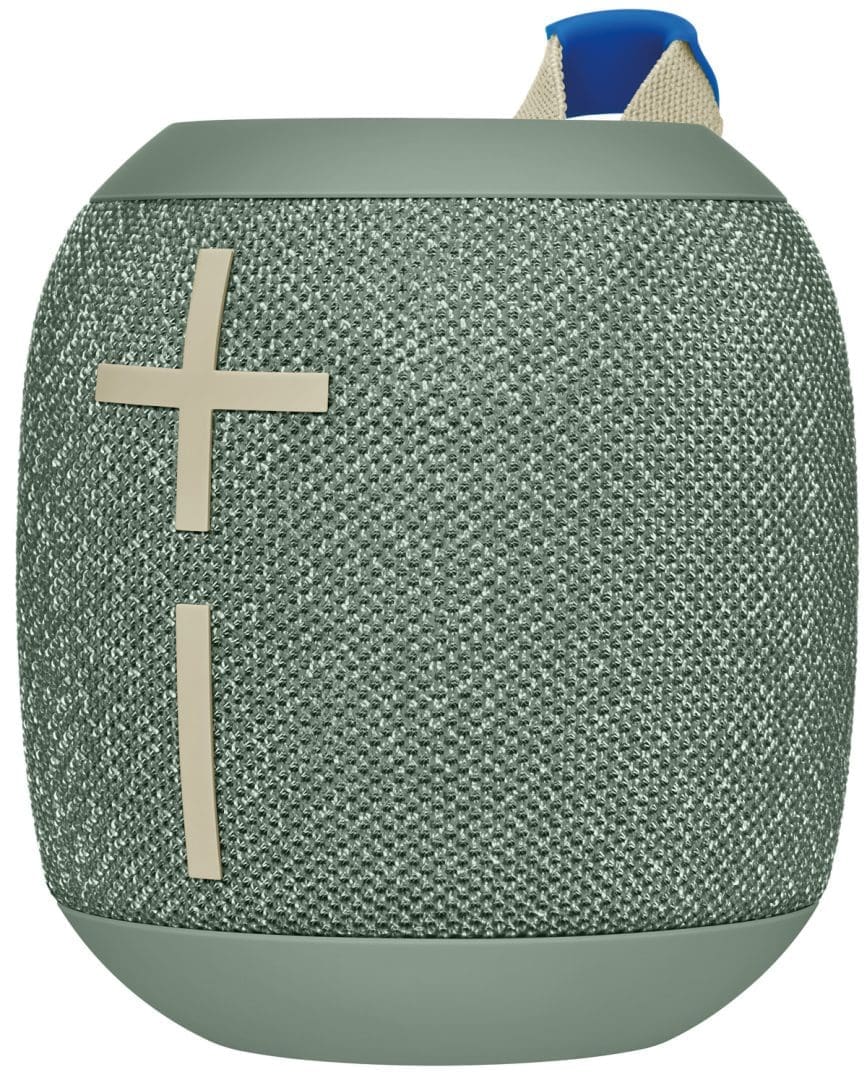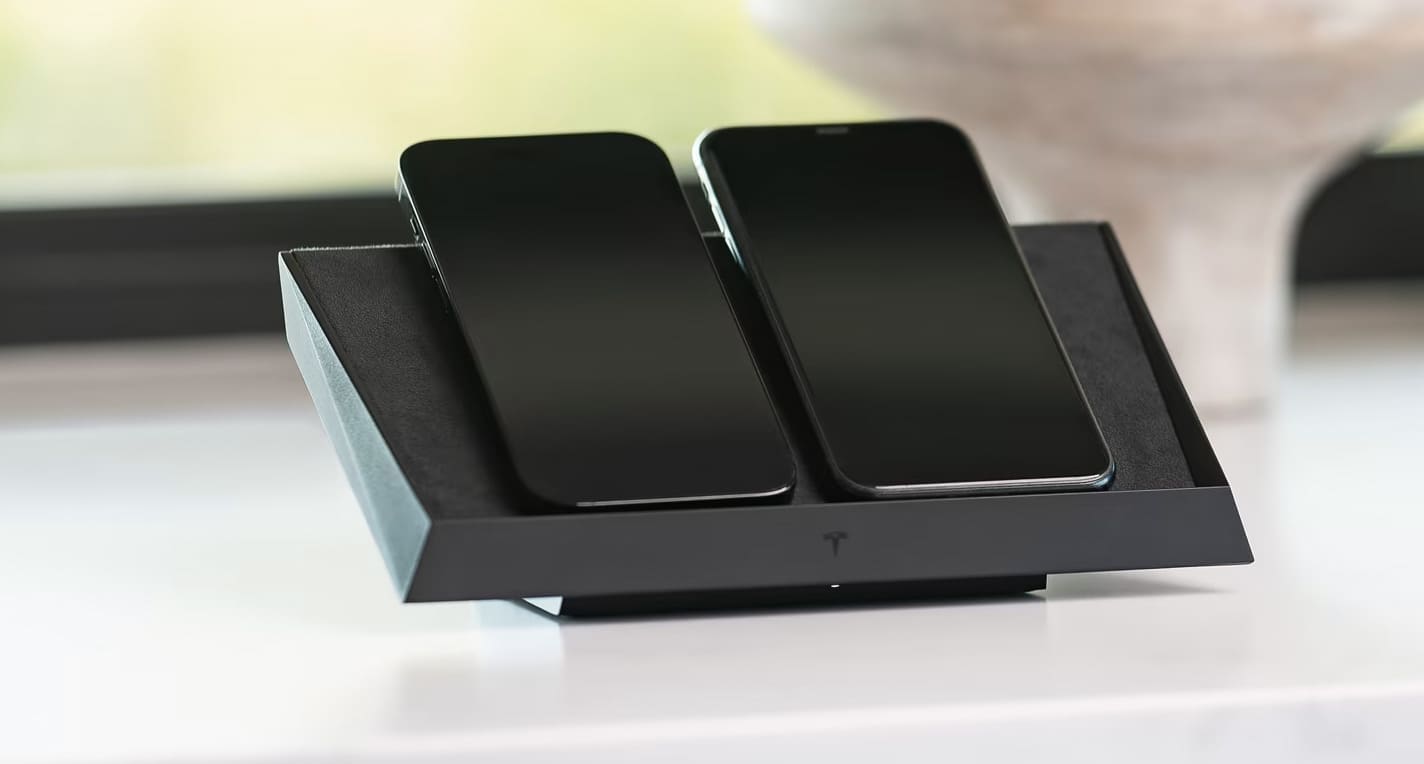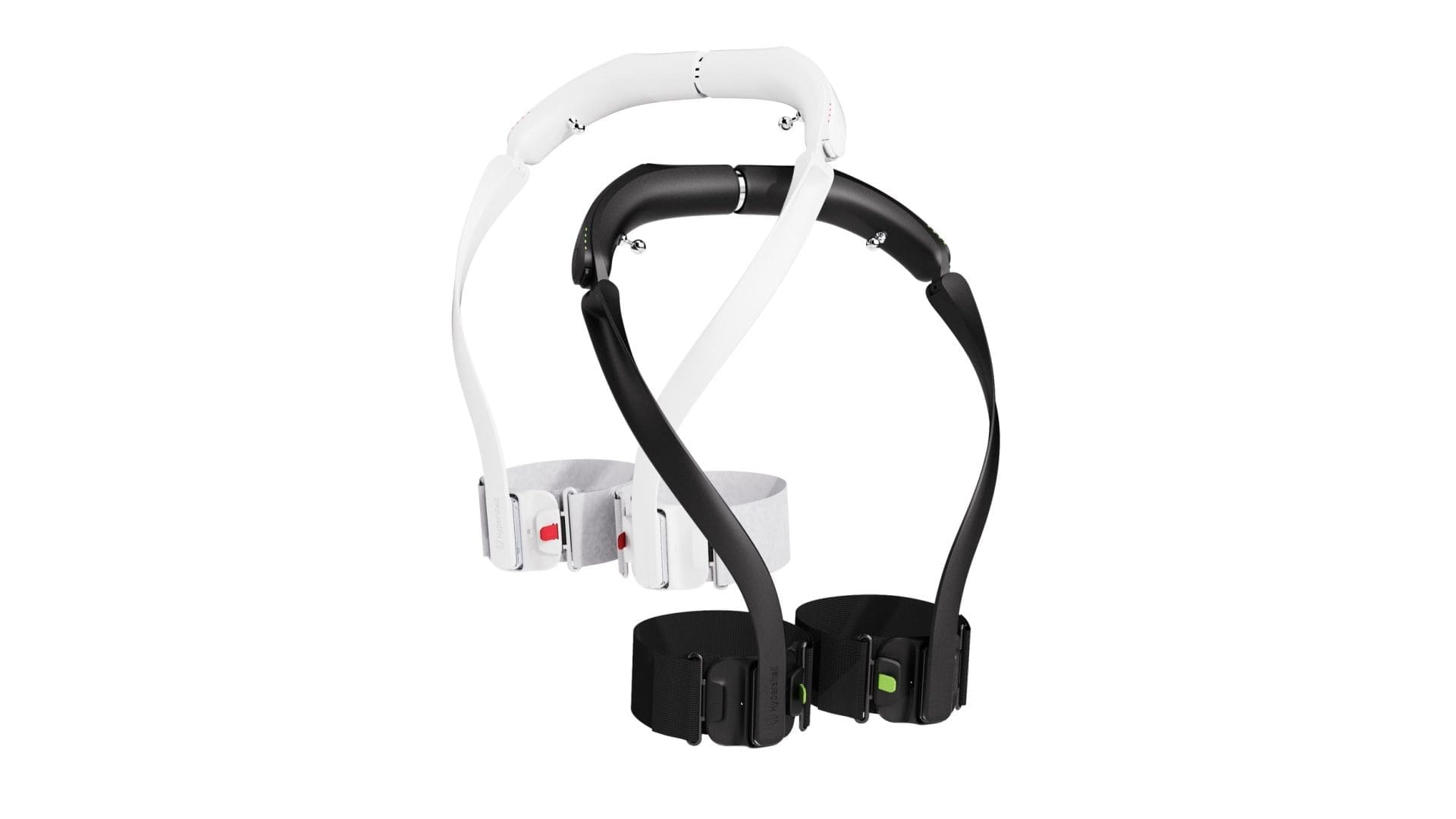Smart Homes? How About A Smart Life With These Gadgets
The Wonderboom Is Back

The Ultimate Ears Wonderboom first went on sale in 2013, and has been a mainstay in the portable Bluetooth speaker market ever since due to its high bar of quality, great sound, iconic look, and robust design. Now on its third iteration, the Wonderboom three maintains the high quality set by its forebears. It comes in two new colours (Digital Lavender and Spruce Green), as well as the previous four (Hyper Pink, Performance Blue, Active Black, Joyous Brights).
It’s waterproof, dustproof and even floats, although I’m never going to be testing out that particular feature. It’s nice to know something in my house would survive a second round of flooding though. Charging can be done via Micro-USB in 2.6 hours and has a solid 14 hours of battery life, give or take. One of my favourite features of the Wonderboom is being able to pair two of these babies at the same time to double up on the big bass 360 sound. You can either double up the audio, or switch them to stereo mode, to port left and right channels to either speaker. Unfortunately if you have an older Wonderboom, it won’t be able to pair like this with the 3.
Trying it out with my partner, I left the honours to her to connect and get set up. If anyone could stress test a Bluetooth connection, it’s her. It was a painless and quick process, with rich sound and solid bass for such a small device. It can handle up to two source connections at time, making it easy to share around the house. It features huge volume control buttons, but they ended up seeming sort of weird to press, with not as much responsiveness as I was expecting, but volume is something you can easily do on the fly on your phone most of the time anyway, and it outperforms in every metric that actually matters, robustness and fantastic audio. A good strong material loop sits at the top as a connection point for a carabiner. The rubber dustcap for the chord ports is strong enough for me to have no qualms about taking this bad boy to the beach.
inCharge XL

If you’re like me, juggling several different gadgets at any given time, then the inCharge® XL will be a godsend. This goofy little cable, designed in Switzerland, is essentially a USB with two adapter caps, a standard USB and an iPhone MicroUSB. You’ll never need to hunt down the right cable, because this will always be the right cable. It allows data transfer and ultra fast charging up to 100W and Apple’s Fast Charging up to 27W. The 30cm version runs for $47, otherwise the big boy 2 metre cable is $56.
The Downside is that it reportedly has pretty poor data transfer rates, so if you’re in a hurry to copy stuff over, you might be looking for quicker options. But for power, you won’t be disappointed.
That’s Just un-NREAL

Nreal has had its fair share of controversy. Magic Leap has accused the Chinese company of nicking off with trade secrets to make its own devices. I’m not privy to the gossip, all I know is that they make some pretty cool stuff. The NReal Air is the successor to the Light, except ironically lighter, just 77 grams. Overall, it’s developed to be a stripped back budget conscious successor to its feature-rich big brother. This is a pair of AR frames which promise to offer you a 201” screen hovering in front of you. It hooks up to your android device so it’s good to go anywhere at all. With that said, they’ve seen how users are using it already and are going to be patching in the ability to stream your PC desktop and lean further into it becoming a gaming device.
It has a 90hz refresh rate and has a field of view of 46 degrees which is both a step forward and step back from the Light which had 60hz and a 52-degree Field of View. Its OLED screens have a resolution of 3840 by 1080 pixels.
When it’s in streaming mode, it can deliver five hours of video playback and audio is delivered via two open-ear speakers. It has has 3DoF head tracking so it’s not going to be used for deep dive Augmented reality experiences, but it gets the job done. If you want 6DoF, you’ll need to shell for the Light.
Tesla Wireless Charging Platform

Want to say you own a Tesla, but don’t want to splash out on a new car? That’s okay, that’s why technicalities exist. Now you can own the Tesla… Wireless Charging Platform. It’s a big ol’ aluminium tray taking style cues from the infamous Cybertruck. It can handle up to three devices at a time, outputting 15W of fast charging power per device simultaneously. It’s not fussy either about the placement of the devices, using FreePower technology to handle any orientation.
It uses a magnetic stand that can easy be detached to lie the tray flat so it can double as an ashtray.
Pricing starts at $300.
Watch Buds

There are lulls in technology when idle hands, yearning for innovation, start mashing together existing products just to see what happens. Huawei’s new Watch Buds feels like one of those inventions. Smash together smart watches with earbuds and boom, Watch Buds. Simply flip the lid on your watch face up and snuggled underneath in magnetic cradles are two compact pill-shaped earbuds, ready for pumping tunes.
The watch itself comes with a lovely leather strap and the buds only weigh 4 grams each. They’re ear agnostic, so it doesn’t matter if it goes in your left or right ear. They have touch response and noise cancellation, and chucking them on when you get a call will automatically answer. The tech in the watch will also manage all your pairing needs, so you can switch the devices your buds are connected to with just a simple touch on your watch. The Smartwatch is packed with all the active health tracking we’ve come to expect from these devices; heart rate, sleep monitoring, the works. Battery life on the watch lasts three days, while the earbuds can go for up to four hour sessions with noise cancellation off.
It gives a pretty solid argument for why people should go back to strapping tech to their wrists when we’ve already got a phone that can tell us the time just as easy. Pocket space is a hot commodity, why clutter it with a separate case for earbuds when you can relegate it to the recently vacated wrist.
Hollyland Lark M1 Duo
Looking for a dynamic audio solution for recording your true crime podcast? Standard wired lav mics don’t always cut it, and perhaps you’re looking for something two people can use at the same time while cutting out the wires. Perhaps you even want to do recording while walking and talking. The Hollyland LARK M1 Duo is an all-in-one solution that comes in what looks like an airpod charging case housing two omnidirectional wireless lavalier microphones and a separate receiver that picks up the two audio channels and ports it into your device via a range of different 3.5mm TRS patch cables. It has a 200 metre long wireless distance taking advantage of 2.4GHz Adaptive Frequency Hopping. The M1 has eight hours of recording time with a full charge, with the charging case providing an extra 20. The mics even come with noise cancellation for filtering background hubbub and boosting voice.
Power to the Legs

We’re one literal step towards mainstreaming everyday exoskeleton use. Strapping robot assistive tech to our body seemed a bit sci-fi not that long ago. Now there are Kickstarters for the stuff. Our favourite is the Hypershell which is a simple waist and thigh setup. It’s able to offset 30kg of weight and using an AI motion engine that analyses the way you move and gives you a moving boost for up to 25 kilometres. It weighs 1.8kg and has a top speed of 20km/h. So not good enough for Usain Bolt, but just fine for the rest of us.
Already smashing its goal, the Kickstarter pricing starts at $476 a pop.
The NeoRuler

You know what’s been in desperate need of overinventing? Your common garden variety ruler. Old rulers were okay, they could reliably measure the length of something in a couple different units. Maybe if you were really lucky, it could have a built in level in it. Also, they never ran out of batteries, unlike Hozo Design’s NeoRuler. A completely customisable scale with eight separate units and up to a 0.1mm resolution. Switch between imperial and metric in a snap and pair via Bluetooth to your phone for extra options. You’ll never have to measure something, immediately forget the number while half way down your ladder, and have to start again, ever again. All the magic happens on a small 1.14” screen (buy two of these rulers and measure the screen yourself to find out what that is in metric!).
Quick swiping and control over the numbers lets you quickly do divisions on your measurements. Each measurement you take can be visualised as a line on your phone, giving you the ability to quickly map out the actual project you’re working on. From there you could even import all the measurements and layout into CAD if you’re a real pro.
It’s all housed in a aluminum alloy frame and has a 900mah rechargeable battery.
Kickstarter pricing for one of these things goes for $89.
Nomad about this

Carabiners are handy for all sorts of things, keeping your keys together, stopping you from falling to your death off a mountain. Now they have an even better utility by being able to double up as a micro USB charging cable (or lightning cable for Apple users).
The Nomad Carabiner Clip For Micro USB Charging Cable does a good job of hiding its true identity by tucking both cables inside its curved edges.
It’s made of engineering-grade polycarbonate from Bayer and high grade steel. It uses USB2 and is the perfect portable size (8 × 4.2 × 1.3cm), it fits into your life perfectly, without creating yet another cable to jangle around in your bag.

